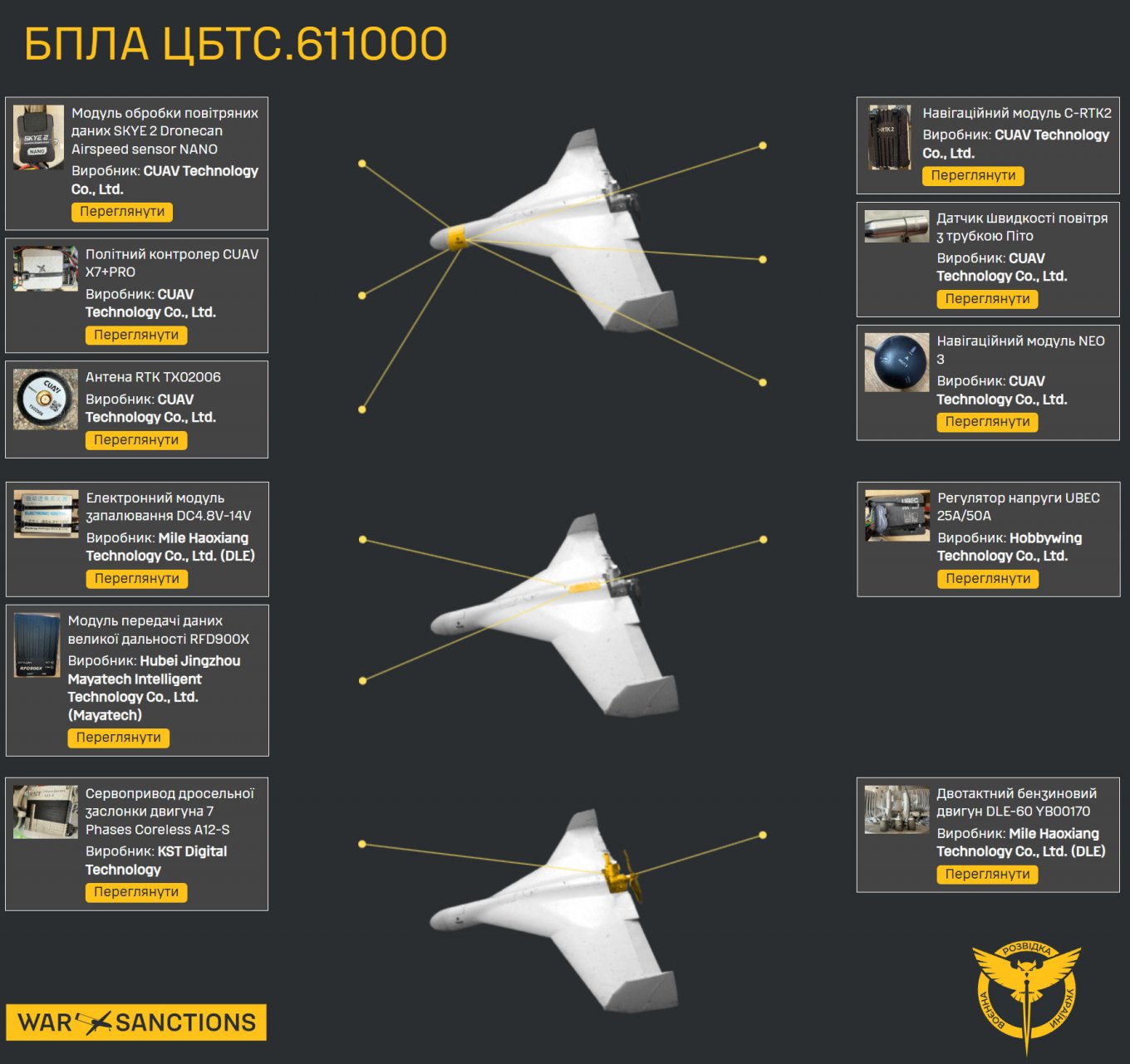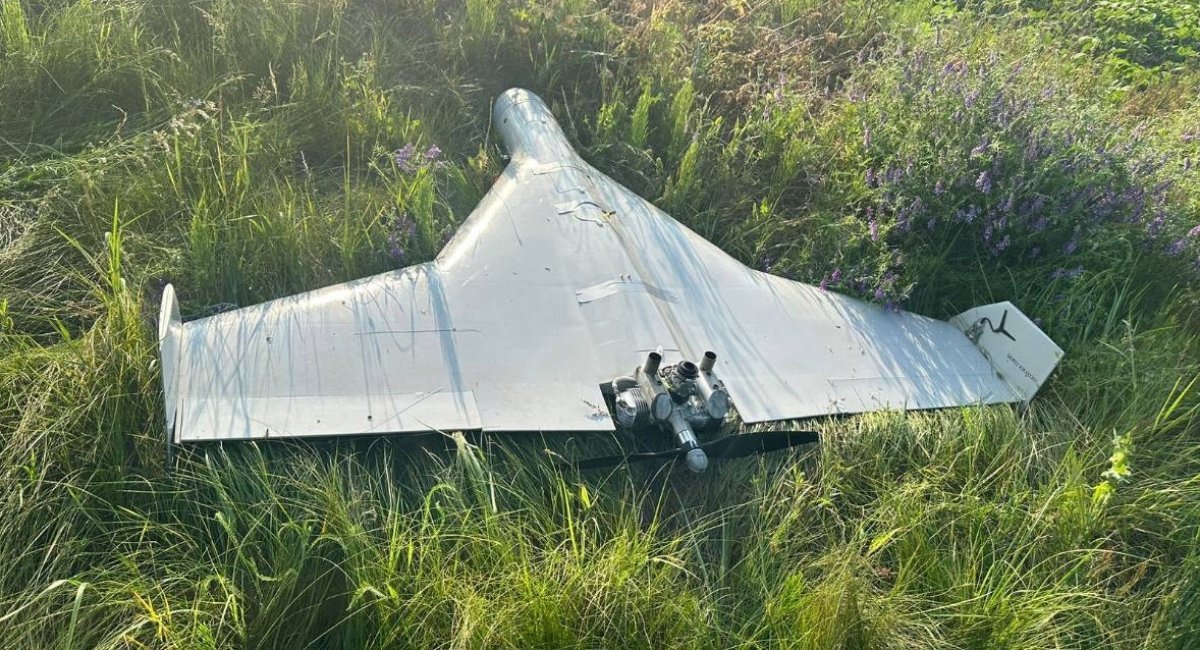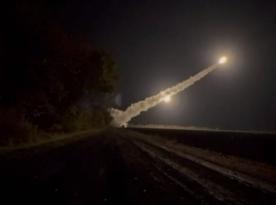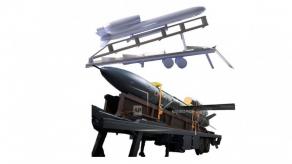About a week ago, reports began to emerge that russian forces had started deploying a new drone, allegedly a smaller version of the Shahed, capable of attacking moving targets. Specialists from Ukraine’s Defense Intelligence have since examined several of these drones to analyze their capabilities and components.
The drone is currently referred to as CBTS.611000, though its actual russian designation remains unclear. Its nickname, mini Shahed, is based solely on its appearance: it follows a flying wing configuration with winglets, which only superficially resembles the Iranian drone. In reality, it is significantly smaller and serves a different purpose. It is also worth noting that the practice of calling every kamikaze drone a "Shahed" is misleading and erodes clarity in public understanding.
Read more: ODIN Win_Hit Interceptor Drone Now Engaged Against Shaheds: Key Specifications of the UAV

The general takeaway from the analysis is that the drone makes extensive use of mass-produced civilian components manufactured in China. All identified and examined systems, including electronics, servos, and engines, are made in China. The primary manufacturer appears to be the Chinese company CUAV Technology.
According to the Defense Intelligence of Ukraine, "some reports suggest the drone can carry a warhead weighing up to 15 kg." It is also equipped with a camera, allowing it to function as a loitering munition similar to the Lancet.
However, the most critical feature is the integration of an RFD900x modem paired with a Pixhawk flight controller. Expert Serhii Flash Beskrestnov highlights this as a key concern. The RFD900x modem, with a transmission power of 1 watt, enables communication at distances of up to 40 km (with up to 80 km claimed in ideal conditions) and supports AES encryption.
This configuration enables remote UAV control via a data link and facilitates swarm-like operations involving multiple drones equipped with identical modems, according to Beskrestnov. He further suggests that this equipment, also found in "Geran"-type drones, may indicate that russia is preparing to equip some Shaheds with radio-control capabilities.
It is worth recalling that Geran drones have been spotted carrying Xingkay Tech’s XK-F358 mesh network modems, which create a resilient mesh communication network. In such a setup, drones act as dynamic relay nodes, sharing data and extending signal range. Mesh networks are inherently resistant to electronic warfare and can remain functional even if individual drones are neutralized — particularly in swarm configurations.
"In practice, this would allow Shaheds to communicate with each other, act as signal relays, and be remotely controlled by radio. This capability would support coordinated attacks on moving targets, provide real-time surveillance of air defense activity, and guide strikes where Ukrainian EW has disrupted GPS," Beskrestnov concludes.
However, as Defense Express notes, Shaheds themselves could be equipped with mesh modems to form such a network. It is also reasonable to assume that russia may first test this capability in rear frontline areas before scaling it up for deeper, more massive attacks.
Read more: russians Show Mass Production of Shahed Drones, Involve Students in Assembly














